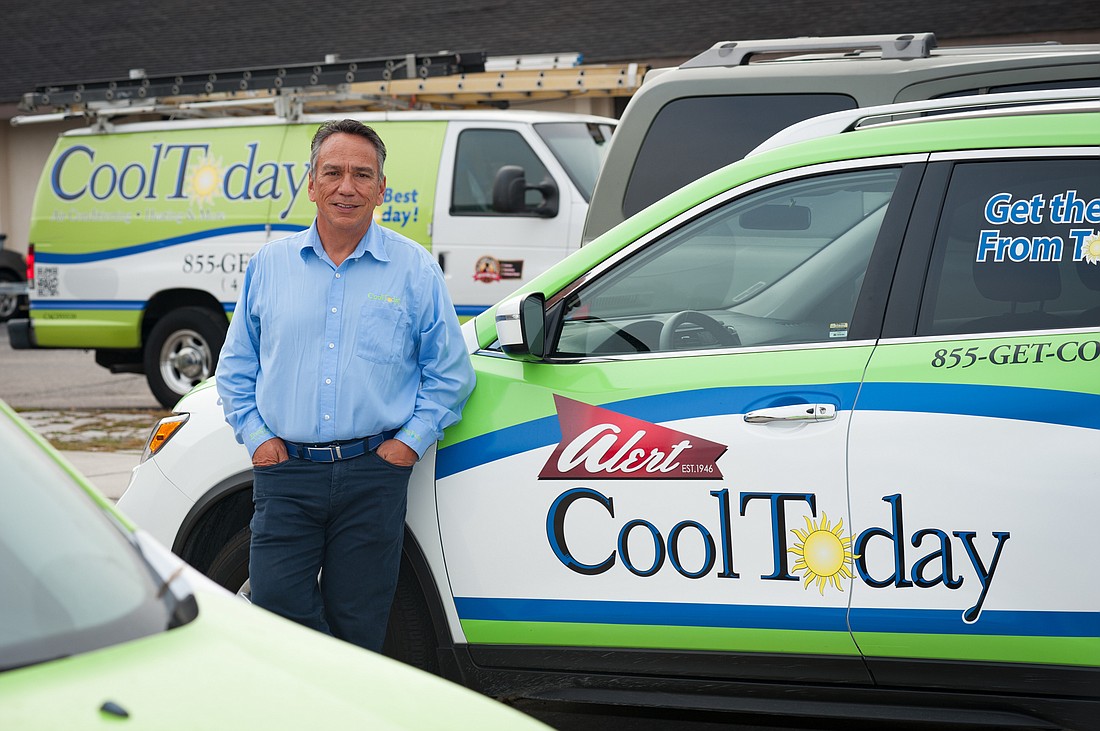- December 15, 2025
-
-
Loading

Loading

The list of problems COVID-19 has caused is long. Here's one more: An air conditioning equipment shortage with far-reaching implications for contractors, suppliers, businesses, builders and homeowners.
“The equipment shortage is real, and it’s been going on for three months,” CoolToday/PlumbingToday President Jaime DiDomenico says.